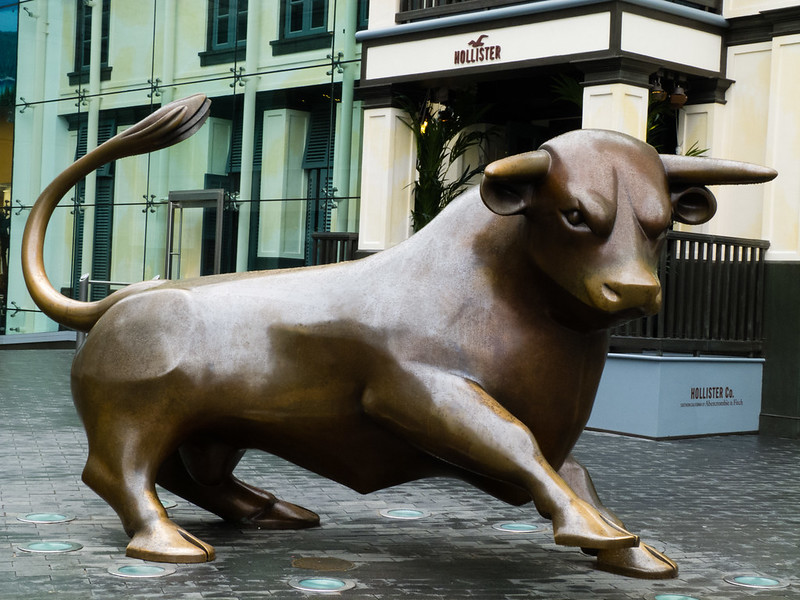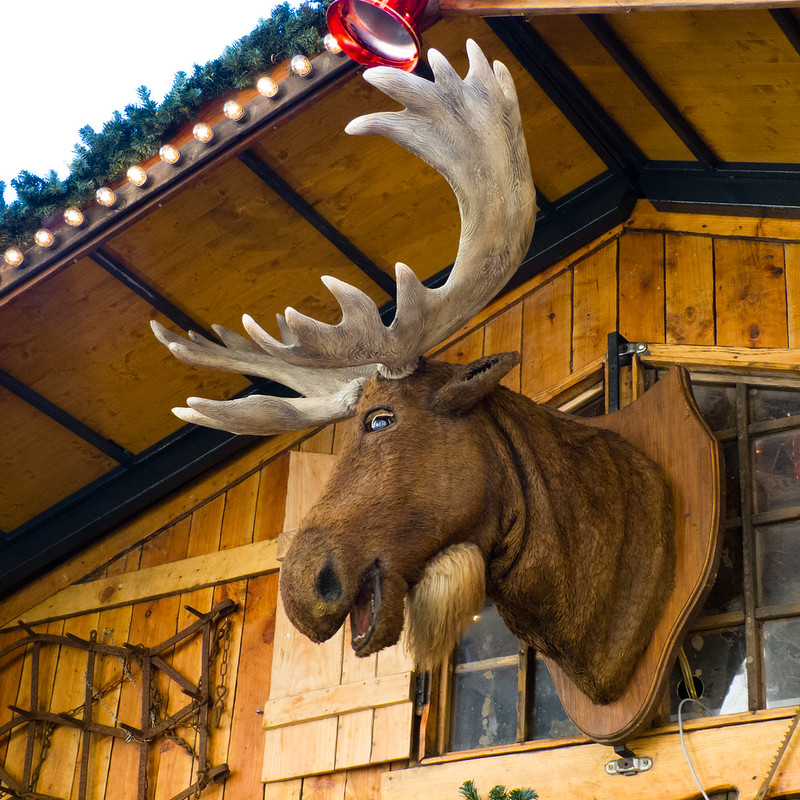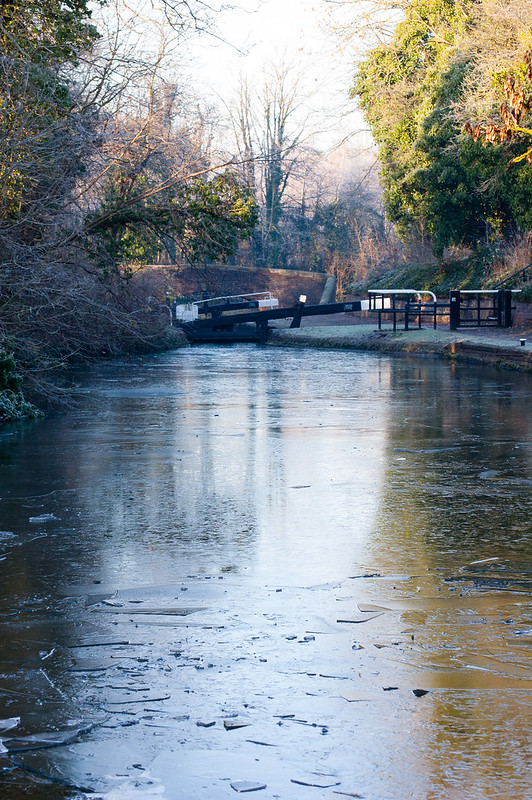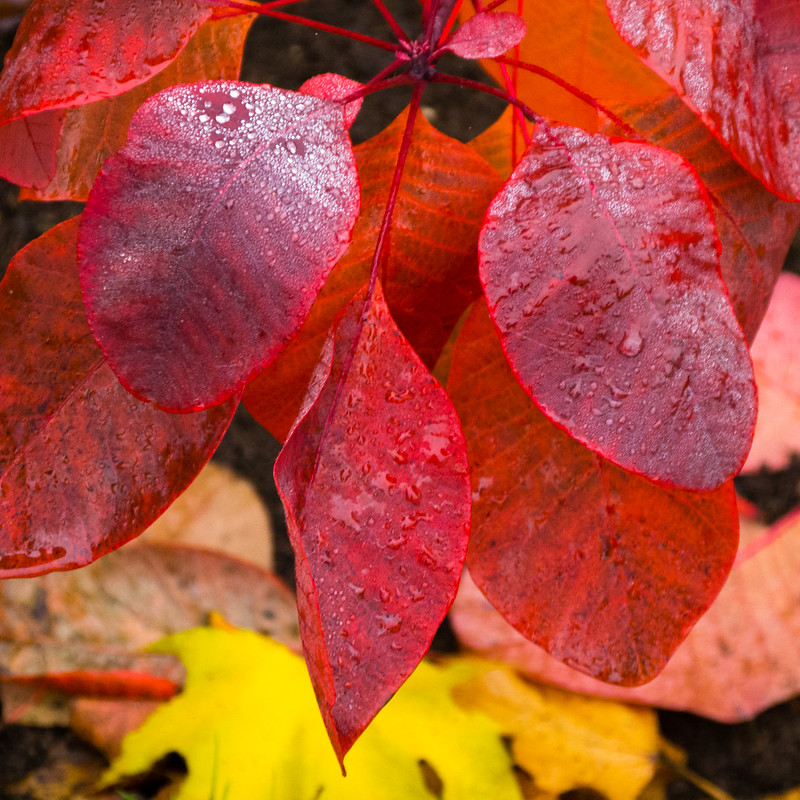
Another insect from near the French village of les Eyzies, this time a fritillary butterfly feeding on a buddleia flower.

Les Eyzies is on the river Vézère, a tributary of the Dordogne in southwest France, at the confluence of the Vézère and its own tributary, the Beune.
Its USP as a tourist attraction is its claim to be “the world capital of prehistory”. The Vézère and Beune valleys have a wealth of rock shelters and caves which were among the first where modern archeology discovered survivals of stone-age Europeans. The area is, deservedly, on the UNESCO list of World Heritage sites.
The famous cave of Lascaux is further upstream, and can now only be visited in a modern copy. But other caves and shelters can be visited to see stunning paintings, engravings and sculptures of the wildlife of ice-age Europe. The village also has a museum, the National Museum of Prehistory, which has exhibits of world class.

What surprised me was the variety of flora and fauna it was possible to see while walking (usually) to those prehistoric sites which were within a few kilometers of les Eyzies.
The leaves of the extensive woods were beginning to turn, but there were still many flowers on the verges of the roads as well as the gardens, The flowers where attracting insects, including both bees and butterflies, of kinds which were new to me.
This fritillary was feeding on a garden buddleia in the hamlet of St Cirq de Bugue.



















